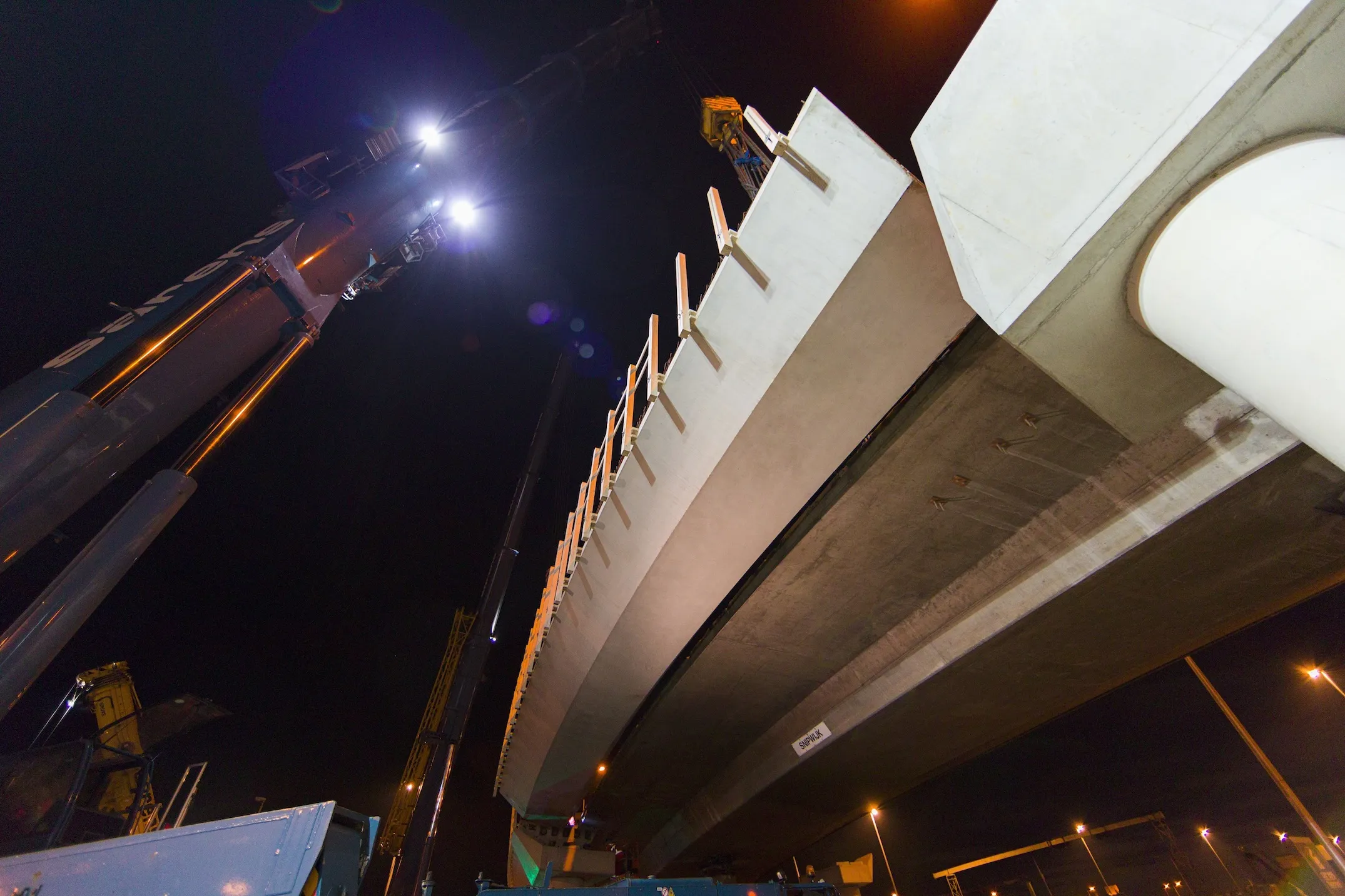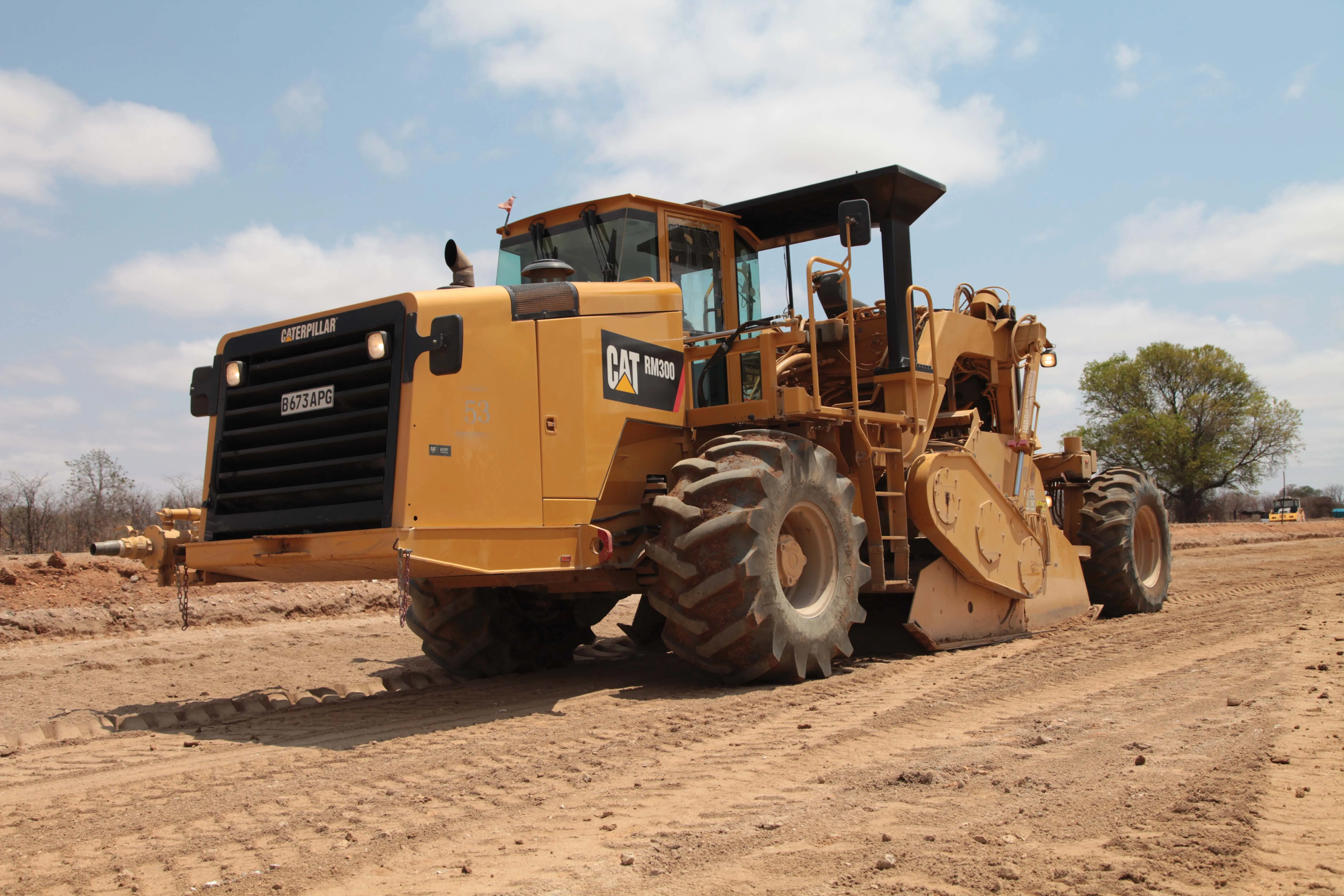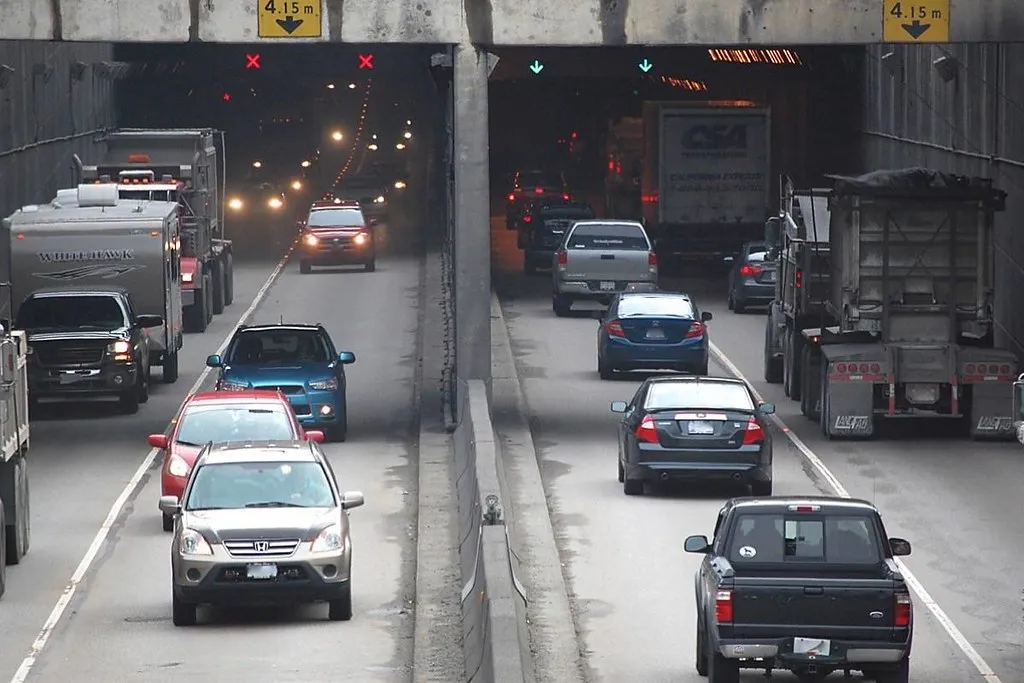
It was in November 2014 that the Directorate-General for Public Works and Water Management of the Netherlands Rijkswaterstaat awarded the A9 Gaasperdammerweg public-private-partnership project to IXAS Zuid-Oost, a consortium consisting of
IXAS Zuid-Oost’s responsibilities include design, build, management, maintenance and financing of the existing and new infrastructure of the A9 motorway between junctions Diemen and Holendrecht. Work includes the bridge over the river Gaasp, the road surface on the A9 Gaasperdammerweg and the construction of a 3km over-ground tunnel.
Value of the work is around €700 million, including a 20-year management and maintenance period after the new infrastructure becomes available. Ballast Nedam, Fluor, Heijmans and 3i Infrastructure are the sole shareholders in the project, with an equal share. Ballast Nedam, Fluor and Heijmans will participate in the construction and operation phase with an equal share of one third each.
Construction consortium IXAS decided that rather than replacing the horizontally curved structures, the consortium could widen them. This would minimise disruption to traffic and impact on the environment.
The consortium’s decision presented significant technical challenges to Haitsma Beton, a prefabricated concrete specialist. Haitsma Beton is now manufacturing nine major box-girders similarly horizontally curved to the ones on the bridge. These new additions are to be attached to the side of the flyover.
Haitsma Beton says that it is the first time that such a project has been attempted on horizontally curved flyovers in the Netherlands. The company, based in Kootstertille in the province of Friesland in the Netherlands, specialises in the production of precast piles and elements for bridges, viaducts, stadia, car parks and special construction projects, as well as concrete barriers. Haitsma Beton had previously supplied IXAS with the colossal prefabricated bridge girders for the new A9 bridges spanning the River Gaasp, which helped in the design of the new girders - seven for the northern bridge and two for the southern.
The new components are up to 26m long, 2.9m wide and weigh as much as 90,000kg. However, at only 900mm high, the girders are also extremely slender, which made incorporating the required amount of pre-stressed reinforcement an additional challenge, said Haitsma Beton.
Haitsma Beton achieved the required millimetre tolerances by continually monitoring the shape of the girders during construction and adjusting the tension of the reinforcing elements to control their camber. For aesthetic reasons, the outermost girders, which also form the edges of the bridge, are bevelled and will subsequently be provided with a boundary element.
Installation of the first girders started late last year. The remaining girders will be positioned during six weekend operations in which a portion of the road will always remain open to traffic. The last installation weekend is expected to take place in middle of this year.
“Despite its complexity, installation has so far run entirely to plan and the upward curvature of the girder is in perfect harmony with the contours of the existing deck,” says Jasper Doornbos, project manager at Haitsma Beton.
Work started in the last half of 2015 and the project, including a new tunnel, will be available for traffic fully in 2020.








